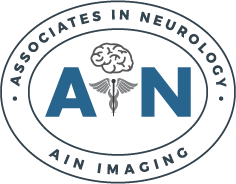
Do you experience uncontrolled eye blinking? While it may not be life-threatening, blepharospasm can certainly be a bothersome issue. Fortunately, this neurological condition is manageable with the insight and skill of an experienced neurologist.
What Is Blepharospasm?
Blepharospasm is a fairly rare neurological condition that affects about 20,000 Americans — the majority of which are women. Characterized by uncontrolled eye blinking, this distressing problem disturbs the normal action of the upper and lower lids of both eyes.
The muscle spasms may occur sporadically and may escalate in frequency and intensity. Some patients with this issue have extreme difficulty in keeping their eyes open.
Also called benign essential blepharospasm, or BEB, this eye problem is not life-threatening, but its origins remain something of a mystery — even to experts in the field, such as ophthalmologists and neurologists. However, treatments are available to limit the problem, so you can return confidently to your normal daily activities.
Diagnosing Blepharospasm
Your neurologist will perform a complete neurological exam and review your medical history and current medications. To confirm a diagnosis of BEB, the doctor may perform a test called an electromyogram (EMG) to understand the muscular activity in the face and eyelids. They may also perform a nerve conduction velocity test (NCV) to determine how well and how often the nerves in question fire. Both tests are done in-office and are relatively quick and comfortable.
Sometimes, blepharospasm is found to be related to:
- Dry eye syndrome, or insufficient tear production and inflammation of the eyelids
- Tourette’s Syndrome, a chronic neurological problem known for its involuntary movements, tics, and vocalizations
- Tardive dyskinesia, involuntary facial and limb movements caused by antipsychotic medications
- Muscle dystonia, in which facial nerves become irritated by nearby blood vessels
Treating Blepharospasm
Many people manage their blepharospasm with BOTOX. Common in aesthetic dermatology treatments for issues such as elimination of forehead lines and crow’s feet, BOTOX has wide-ranging medical applications, including treatment of:
- Migraine headaches
- TMJ/TMD (jaw joint dysfunction)
- Strabismus (crossed-eyes)
- Hyperhidrosis (excessive sweating)
- Overactive bladder
For your eyelid spasms, the neurologist will inject BOTOX into both the eyelids using a very fine needle. The BOTOX medication limits the movement of selected eyelid muscles, thereby stopping the uncontrolled blinking. BOTOX is not a permanent fix, however. You must repeat injections every three months or as your physician prescribes.
A permanent fix — used only in severe cases of blepharospasm — is a surgical procedure called protractor myectomy. With this treatment, the doctor removes portions of certain eyelid muscles.
Your neurologist may also recommend surgery that places a barrier between the facial nerves and certain blood vessels in the face. With this tiny physical barrier, nerve irritation is blocked and stops for good.
Blepharospasm Diagnosis and Treatment in Farmington Hills, Novi, Southfield, Howell, and Brighton, MI
At Associates In Neurology, we treat all types of conditions, including blepharospasm. We have eight highly-credentialed physicians on staff, many of whom are experts in the use of EMG and botulinum therapy for blepharospasm and other qualifying conditions.
To request an appointment with one of our neurologists, call us today at (248) 478-5512. We have five locations to serve at and look forward to seeing you soon.


